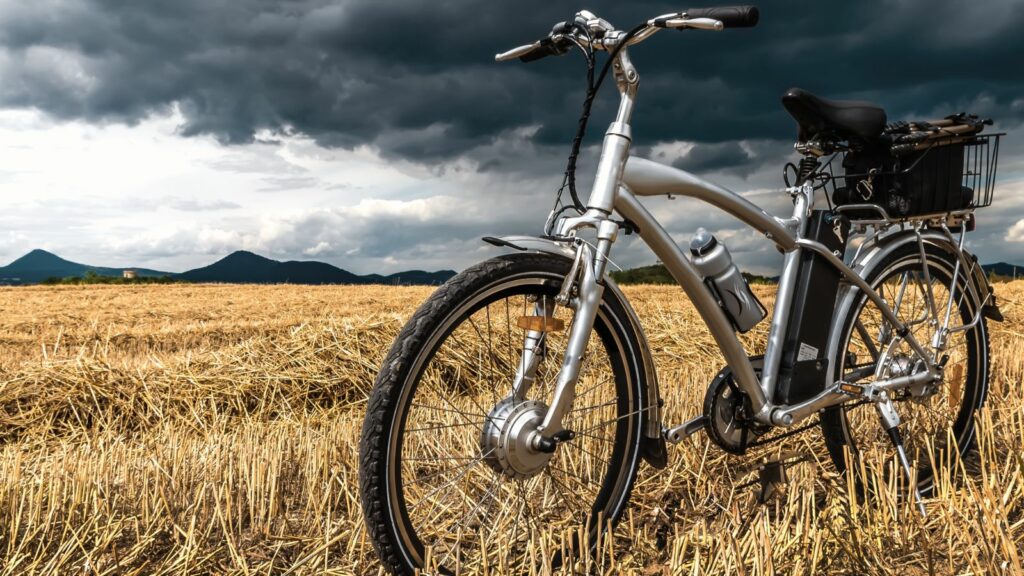E bikes are popping up everywhere from city streets to country trails. They promise fun, efficiency, and an easier way to get around without giving up the joy of cycling. But for every rider curious about them, there are a dozen myths that make people hesitate. Some of these are half truths, while others are flat out wrong. If you are considering buying one, here are ten myths you should not fall for.
E Bikes Are Just for Lazy People
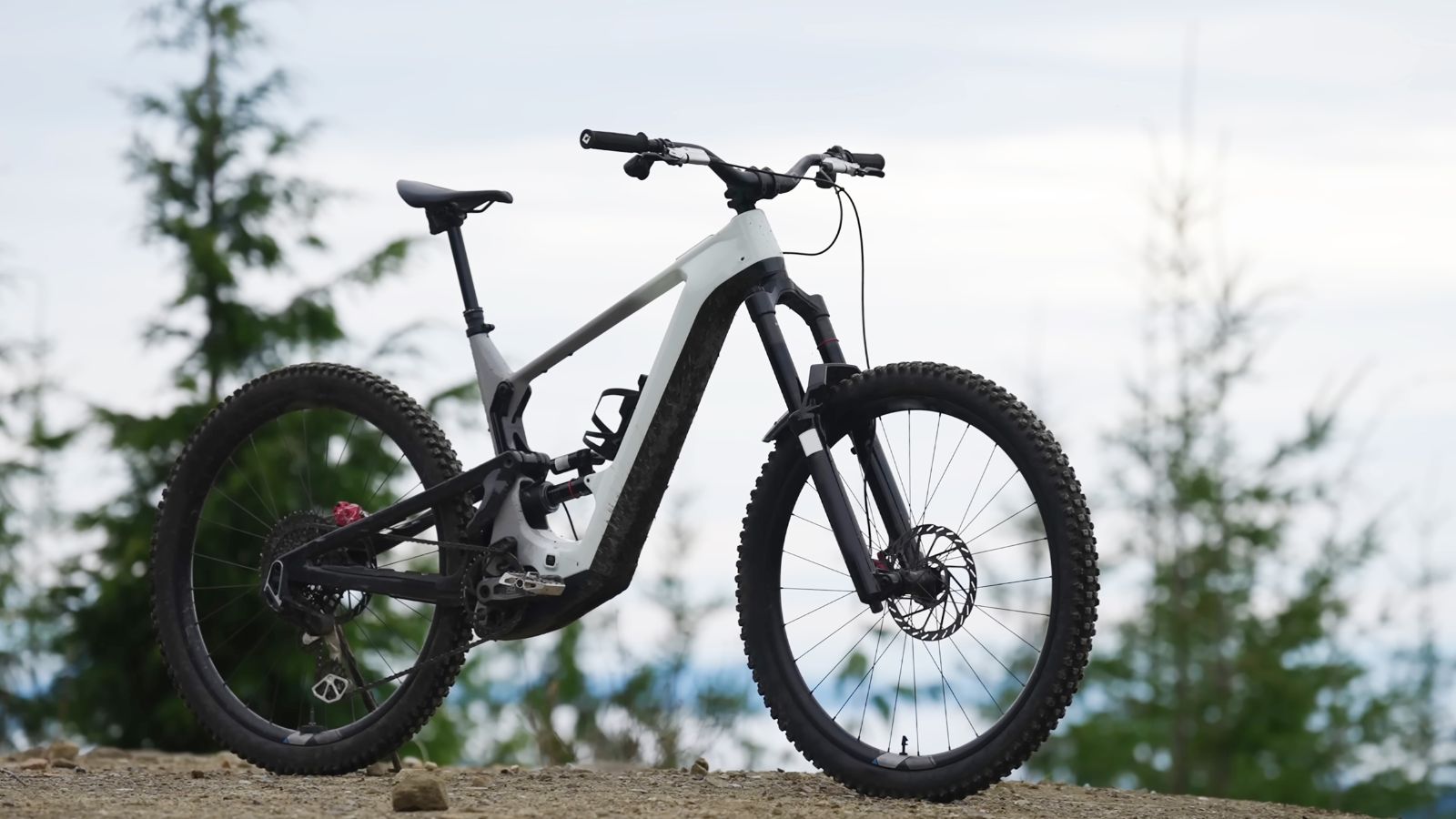
One of the biggest misconceptions is that riding an e bike means you are not really exercising. In reality, e bikes still require pedaling, and the motor only assists your effort. Many riders find themselves riding longer distances and more often because the assist makes hills and headwinds less daunting. Far from being lazy, e bike riders often log more miles than traditional cyclists.
They Are Too Expensive
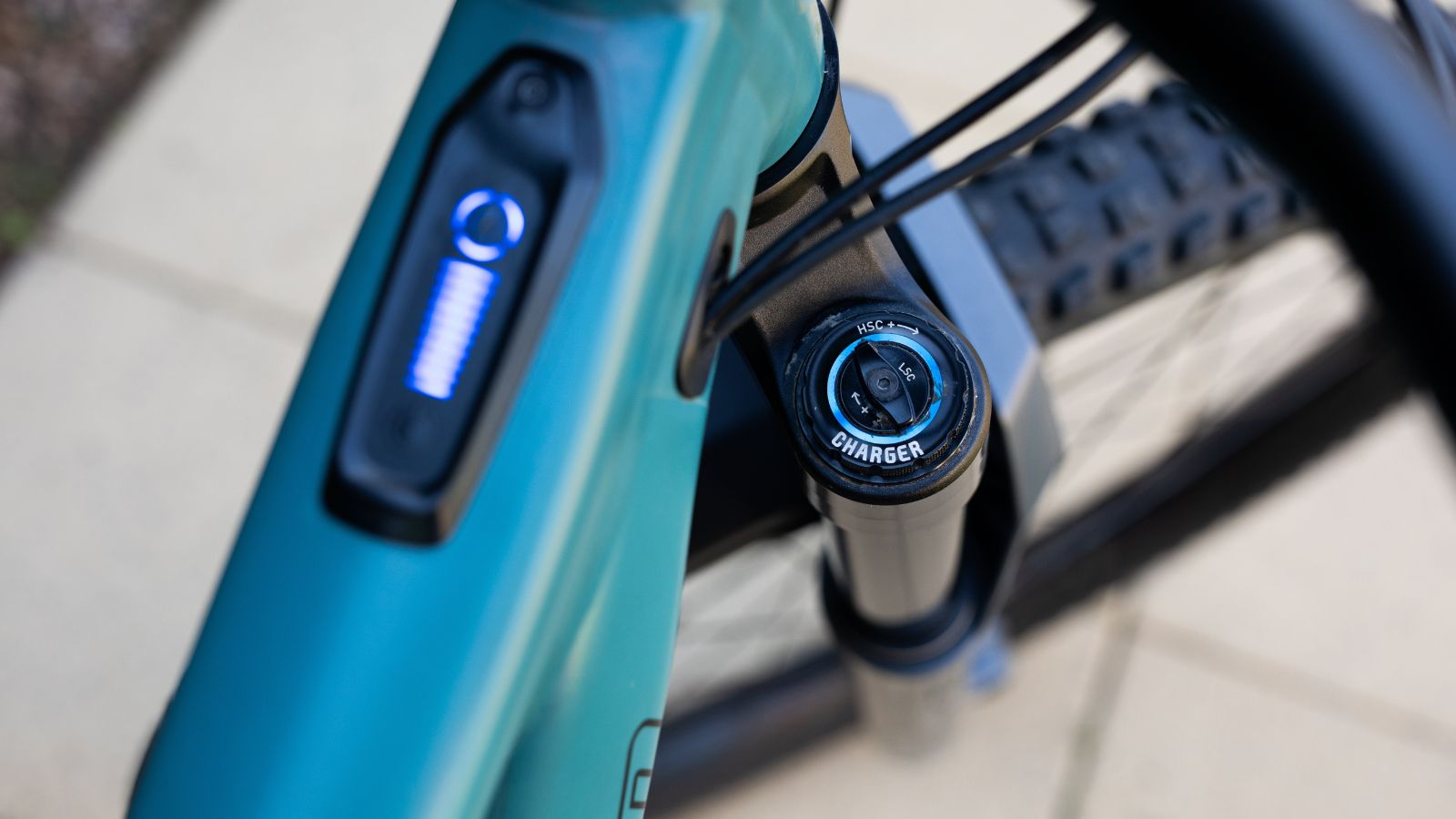
While some high end e bikes cost as much as a used car, the market has exploded with options. Affordable models now start at prices not much higher than a decent regular bike. When you factor in savings on gas, parking, and maintenance, an e bike can pay for itself in just a couple of years. For many commuters, the cost is far less than owning a second car.
Batteries Don’t Last Long
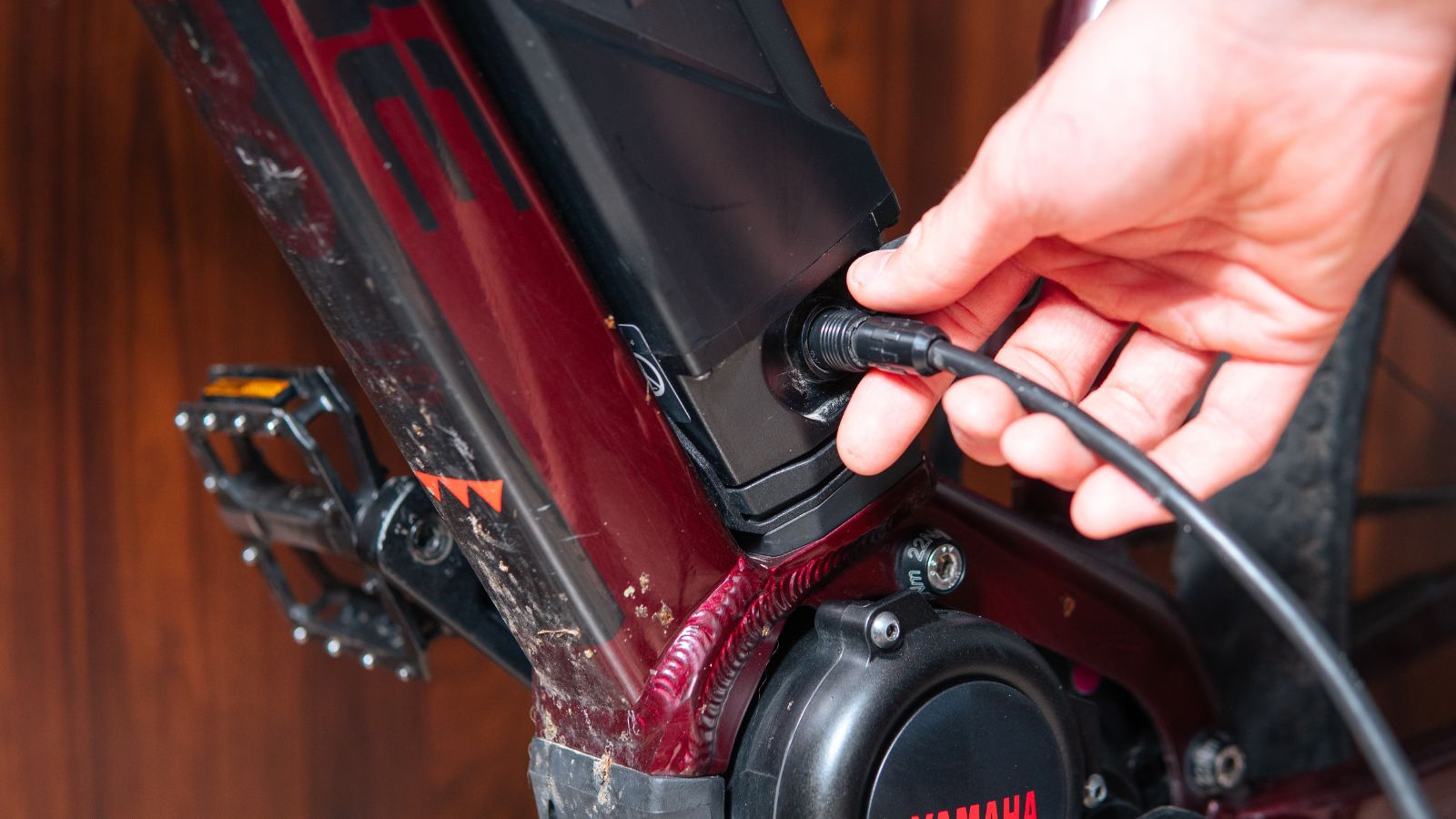
People often assume e bike batteries will fail quickly, leaving them with a useless machine. Modern lithium ion batteries are built to last thousands of charge cycles, which translates into years of reliable use. Even after heavy riding, most still hold 70 to 80 percent of their capacity after several years. Replacement batteries are also easier to source now, making long term ownership practical.
They Are Too Heavy to Ride Without Power
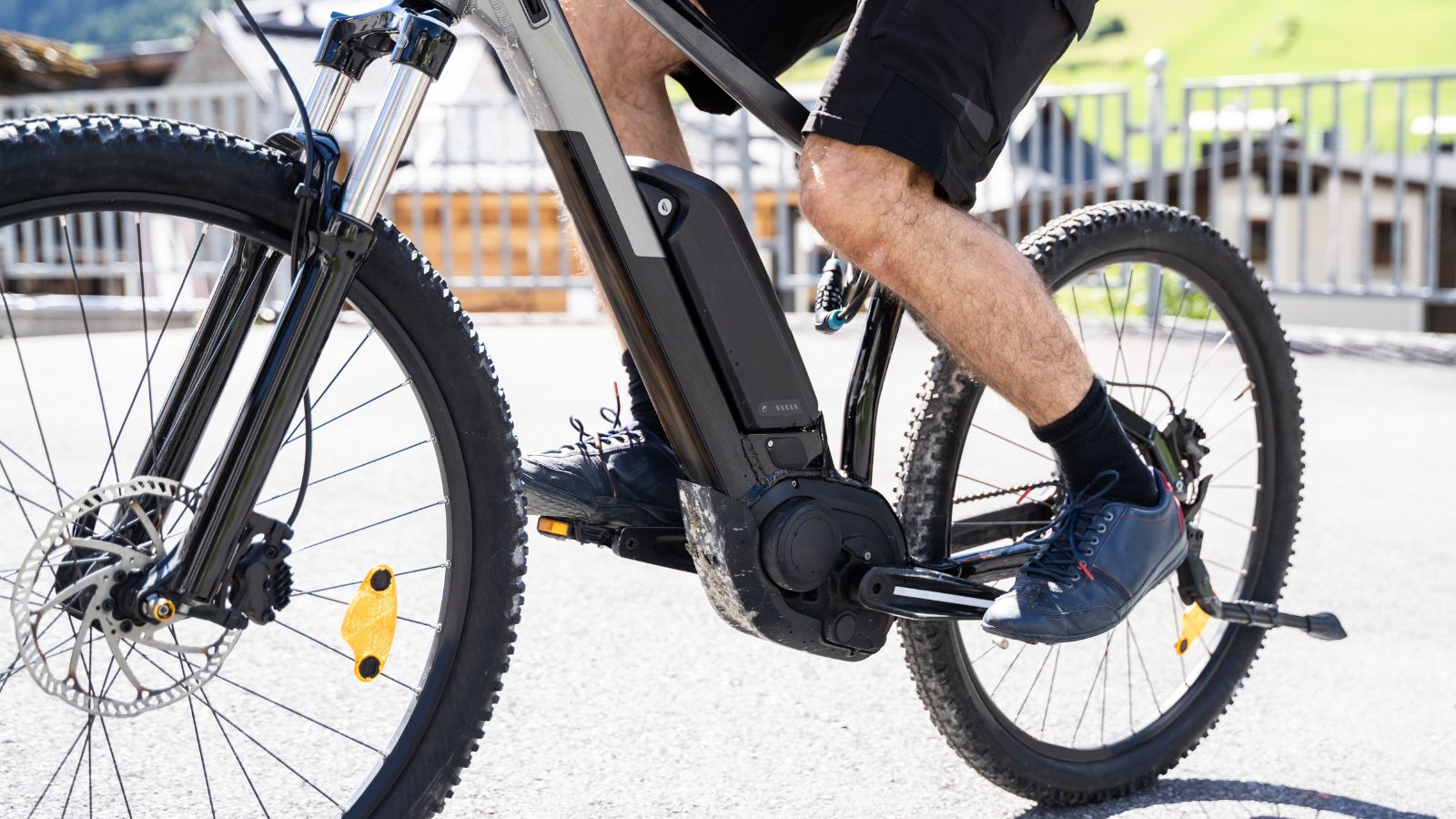
Yes, e bikes are heavier than traditional bicycles, but they are still very rideable with no assist. Advances in frame materials and better designs keep weights manageable. Riding without the motor might be slower, but it is far from impossible. Many riders switch the assist off on flat sections and only use it for climbs, giving them flexibility.
Maintenance Is Complicated
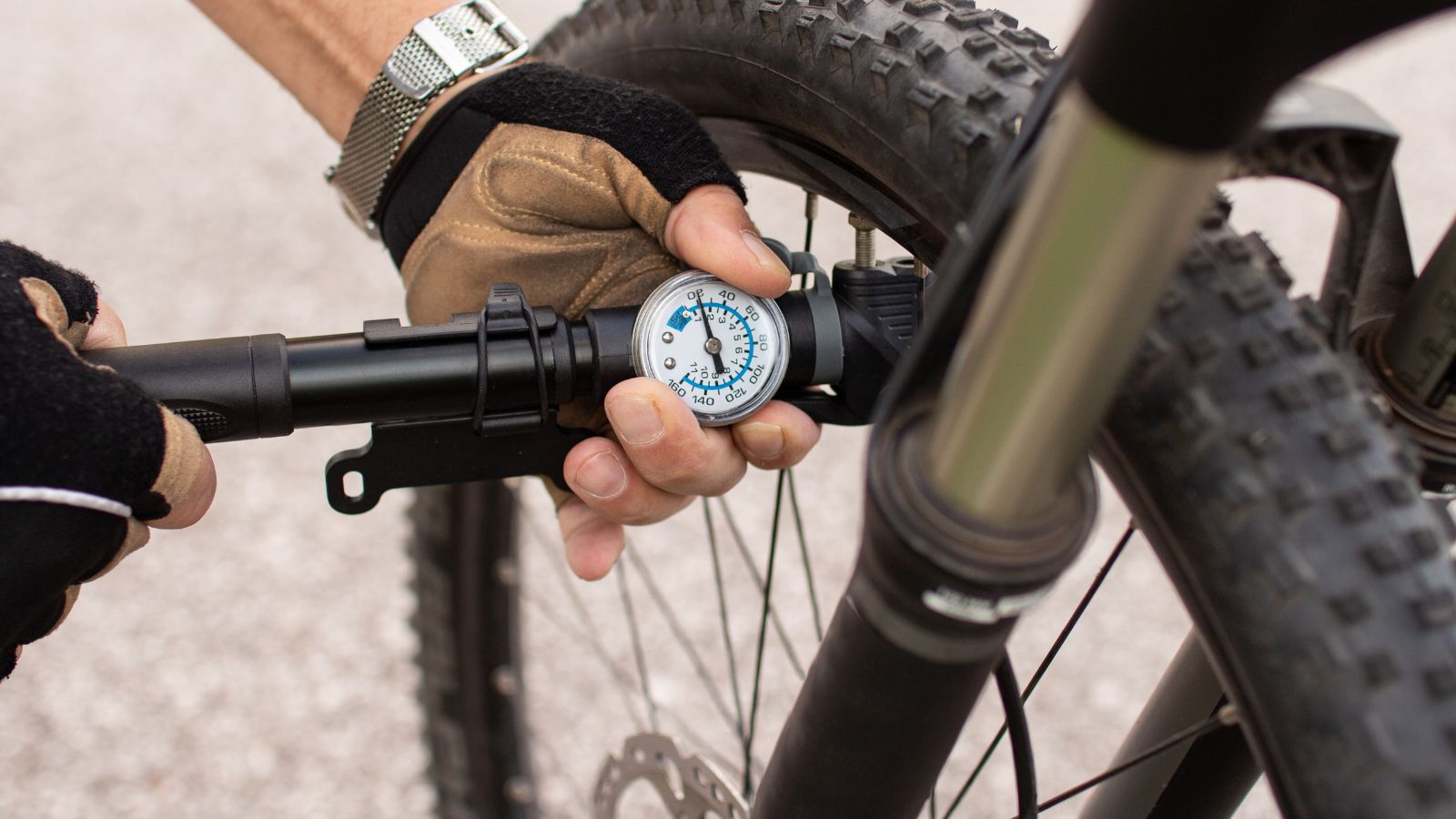
Another myth is that e bikes require special or complex maintenance. In truth, most of the bike is the same as any other bicycle, with familiar parts like chains, gears, and brakes. The motor and battery are sealed units that rarely need service. Regular upkeep is no more complicated than a standard bike, and many local shops now have e bike expertise.
You Can’t Ride Them in the Rain
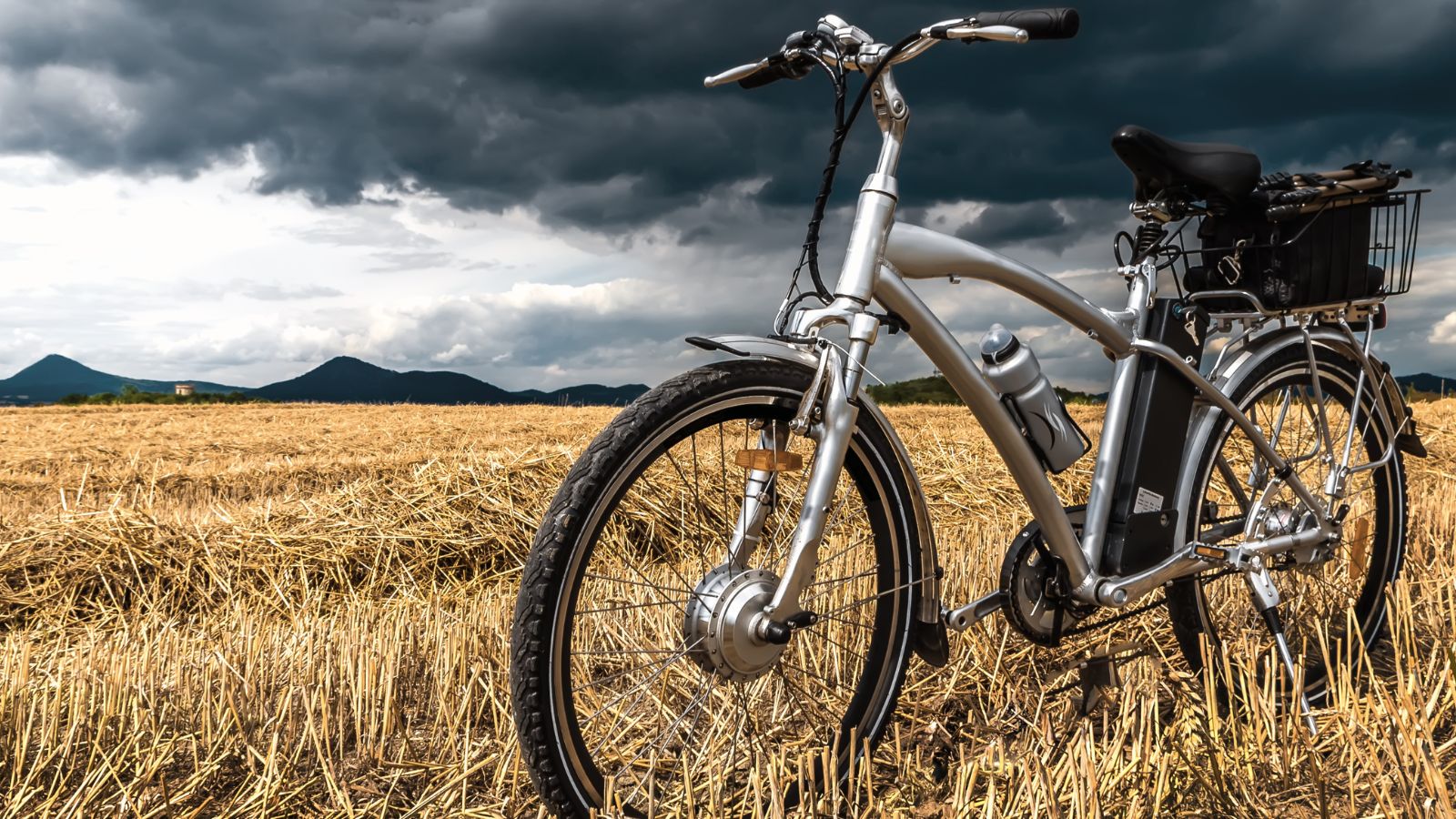
Some people worry that electronics and water do not mix. In reality, e bikes are designed to handle normal weather, including rain and splashes. The electrical components are sealed against moisture, and many are tested to withstand wet conditions. While you should not submerge one in a river, regular riding in rain is safe and common.
They Are Not Fast Enough
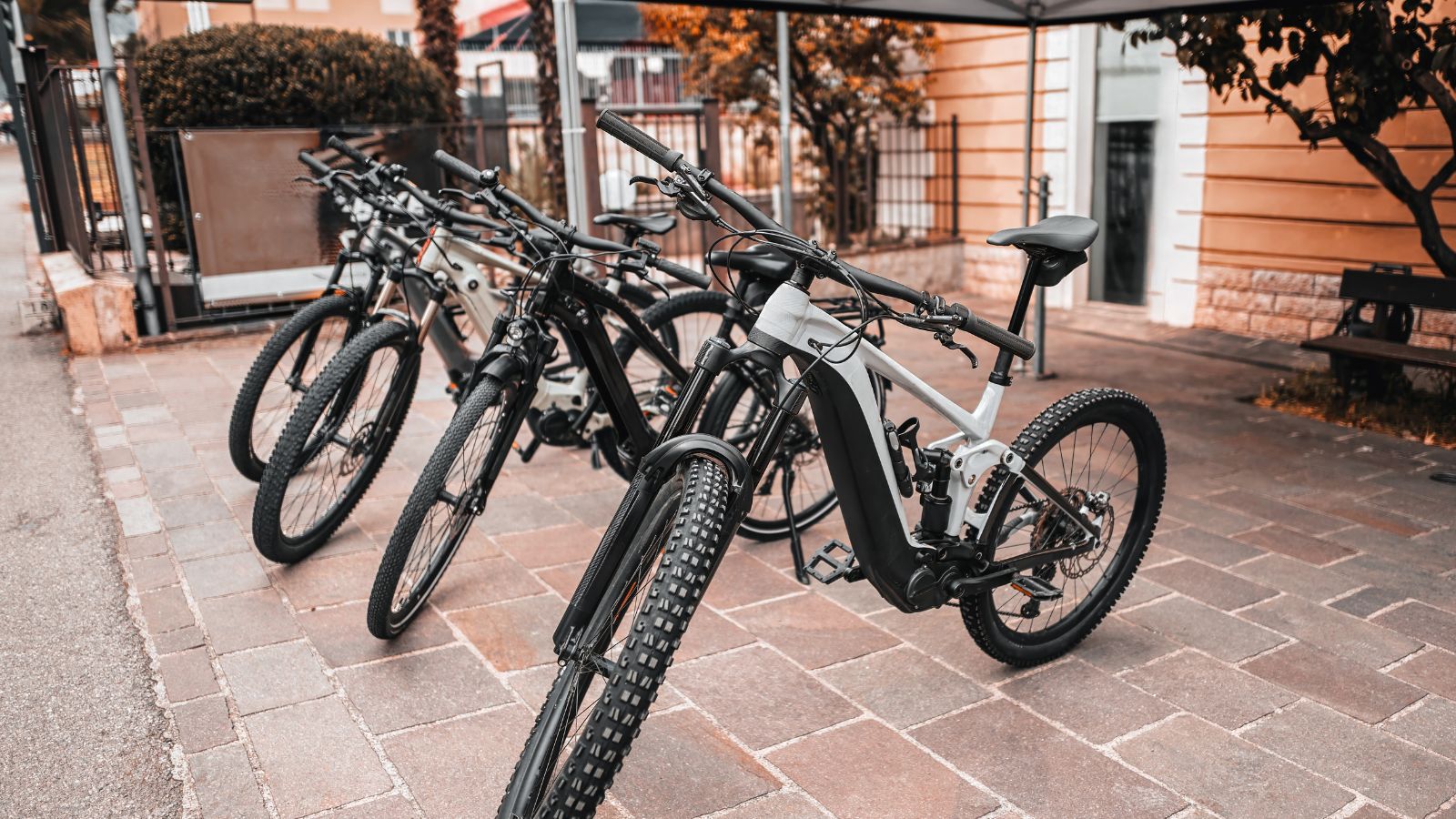
E bikes are often assumed to be slow, but they are limited by law for safety reasons, usually topping out around 20 to 28 miles per hour with assist. That is more than enough for commuting and leisure riding, especially compared to the average speed of regular cyclists. Beyond that, you can still pedal faster on your own power if you want the extra challenge.
Only Young People Use Them
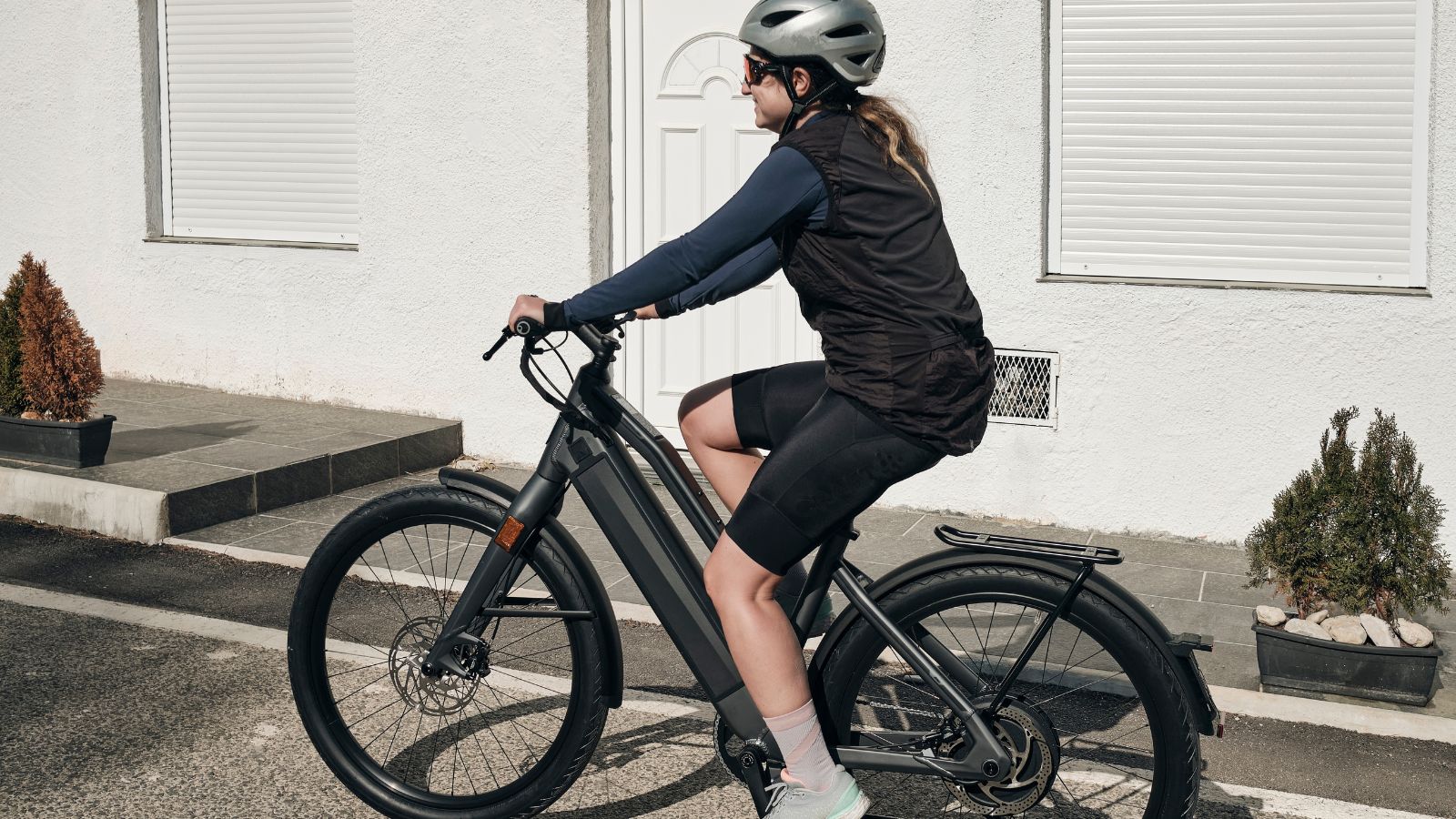
Another myth is that e bikes are trendy toys for younger riders. In fact, they are hugely popular with older cyclists who want to keep riding without struggling on hills. They are also embraced by commuters of all ages who see them as a car alternative. The appeal cuts across generations, proving that e bikes are not about age but about convenience and fun.
They Don’t Have Enough Range
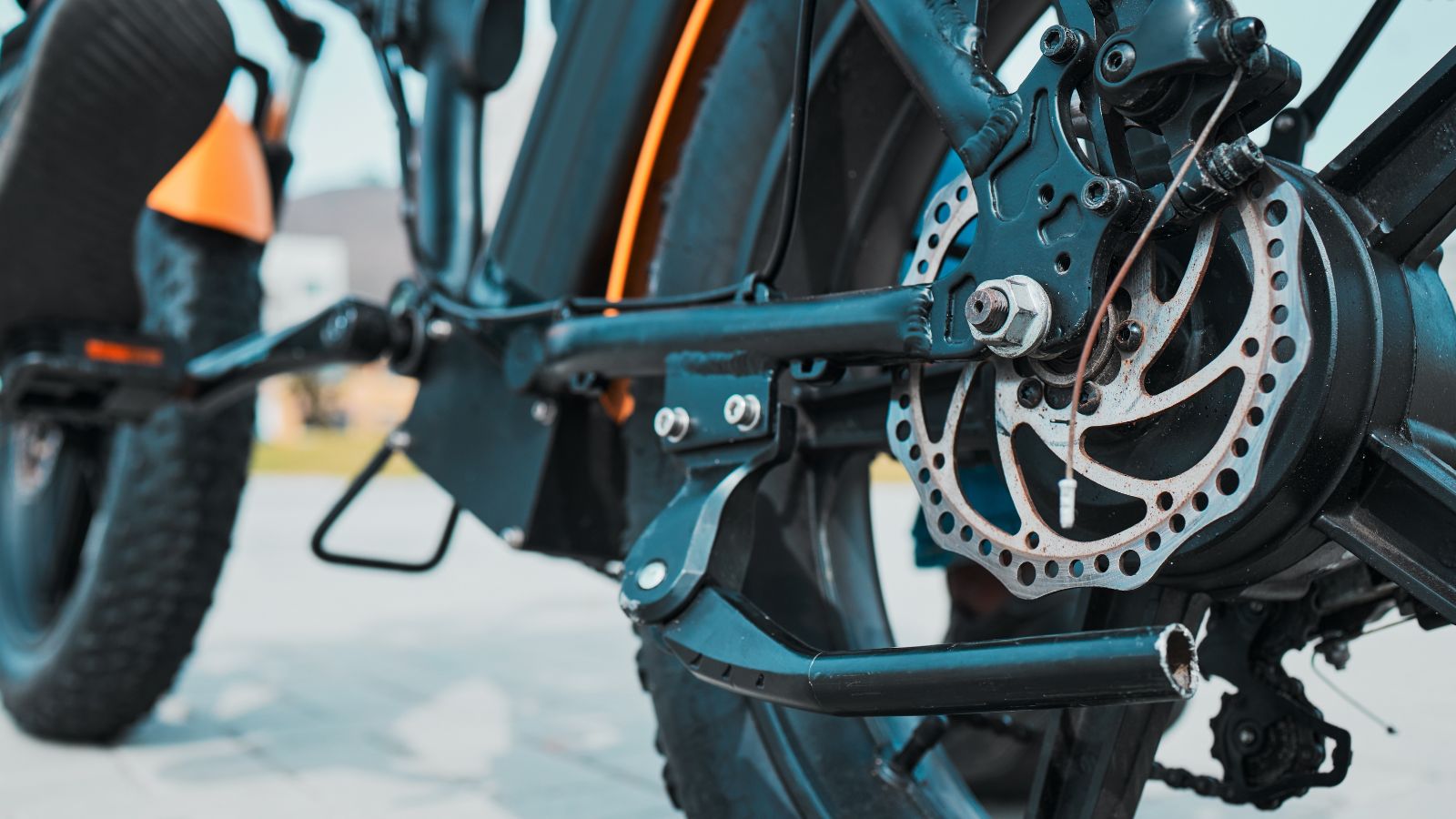
Range anxiety isn’t just an EV issue. Many assume e bikes cannot go far on a charge. The truth is that most offer 30 to 60 miles of assisted riding, with some high end models going even farther. For daily commutes and weekend rides, that is more than enough. Riders can also extend range by using lower assist levels or carrying a spare battery.
They Are a Passing Fad
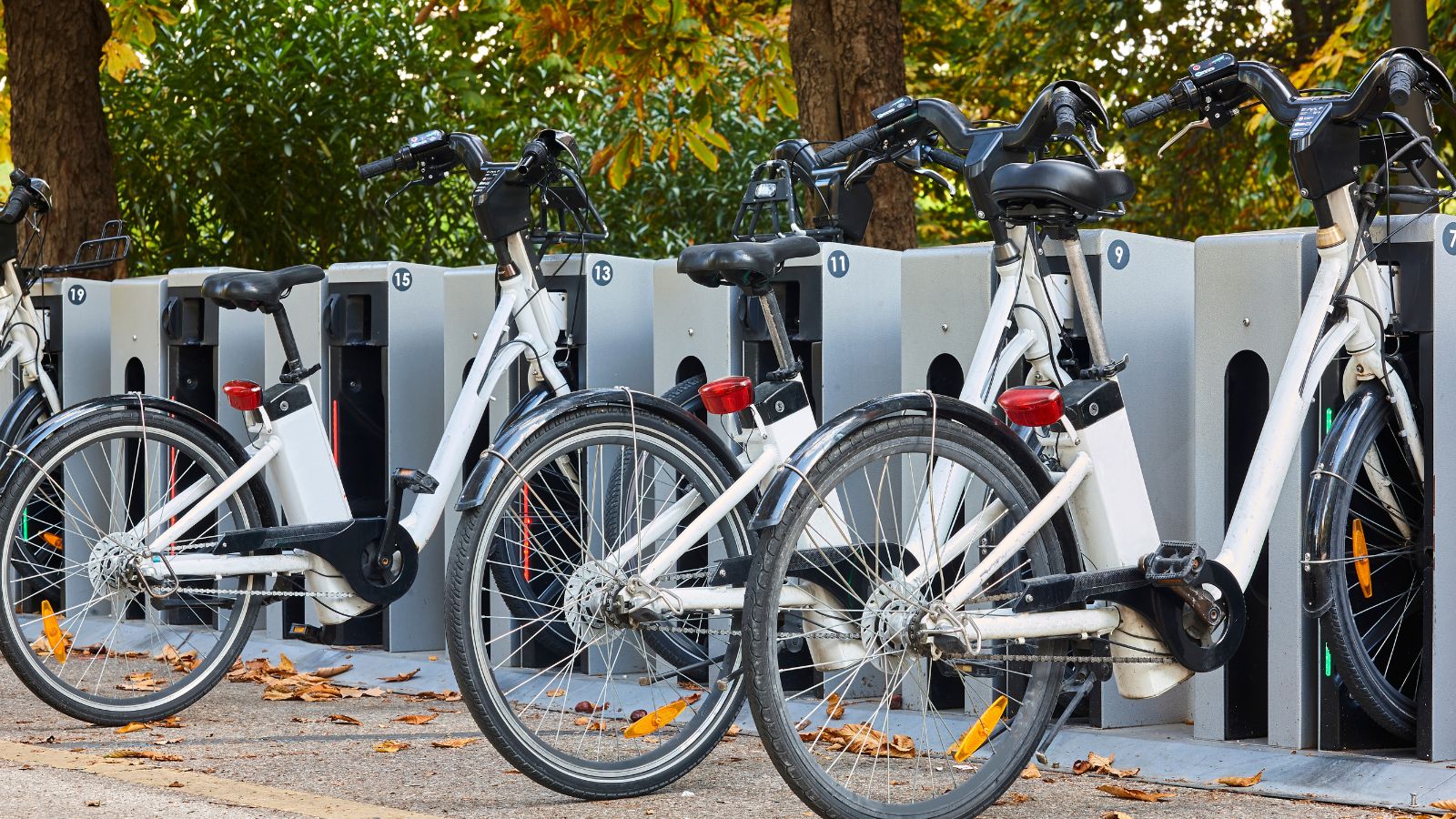
Finally, some people claim e bikes are a short lived trend. In reality, sales continue to surge worldwide, and cities are investing in infrastructure to support them. With concerns about traffic, pollution, and personal health, e bikes have carved out a permanent place in modern transportation. Far from being a fad, they are becoming a mainstream choice for millions of riders.
The Bottom Line

E bikes are not a gimmick and they are not a replacement for cycling fitness. They are simply a new take on a proven form of transportation, making biking more accessible, practical, and enjoyable. By cutting through the myths, you can see them for what they are a smart and versatile option that can change the way you ride.
25 Facts About Car Loans That Most Drivers Don’t Realize

Car loans are one of the most common ways people fund car purchases. Like any other kind of loan, car loans can have certain features that can be regarded as an advantage or a disadvantage to the borrower. Understanding all essential facts about car loans and how they work to ensure that you get the best deal for your financial situation is essential. Here are 25 shocking facts about car loans that most drivers don’t realize:
25 Facts About Car Loans That Most Drivers Don’t Realize
